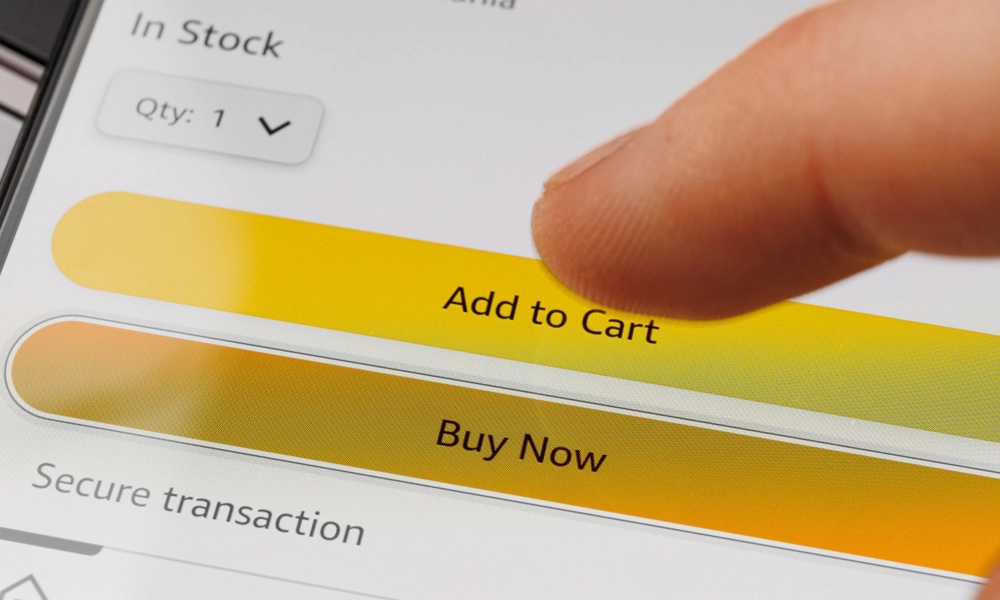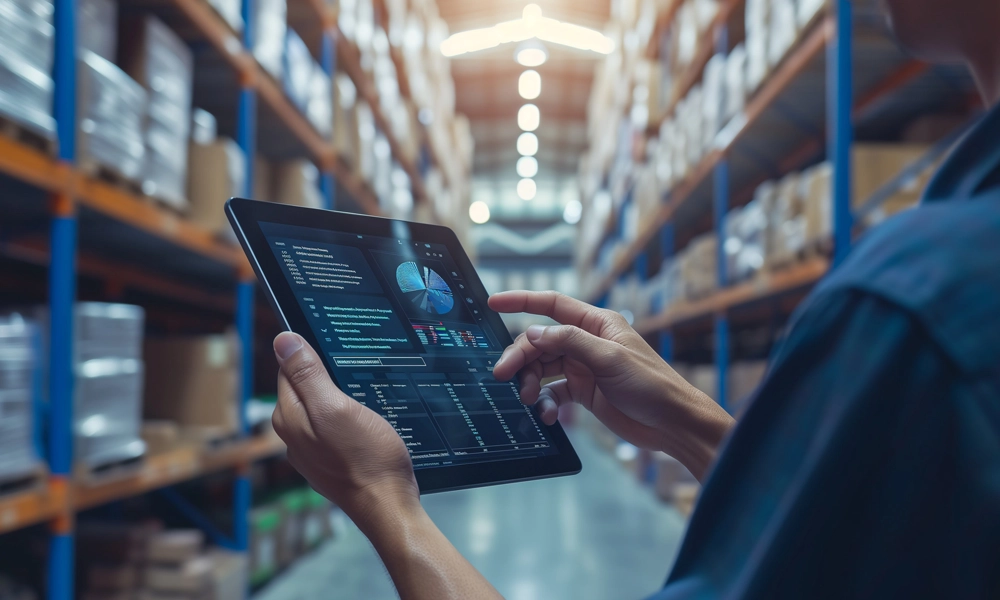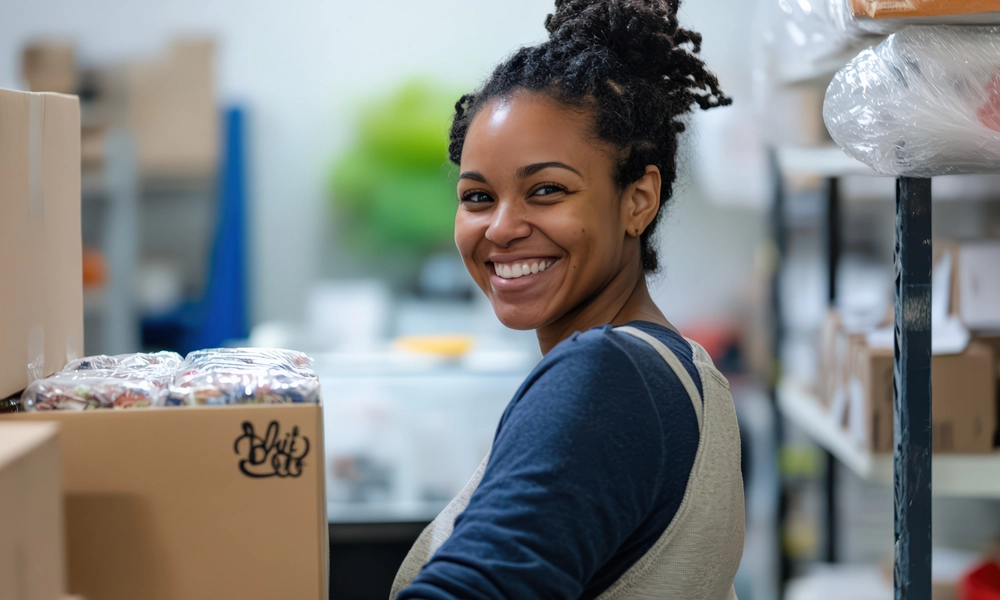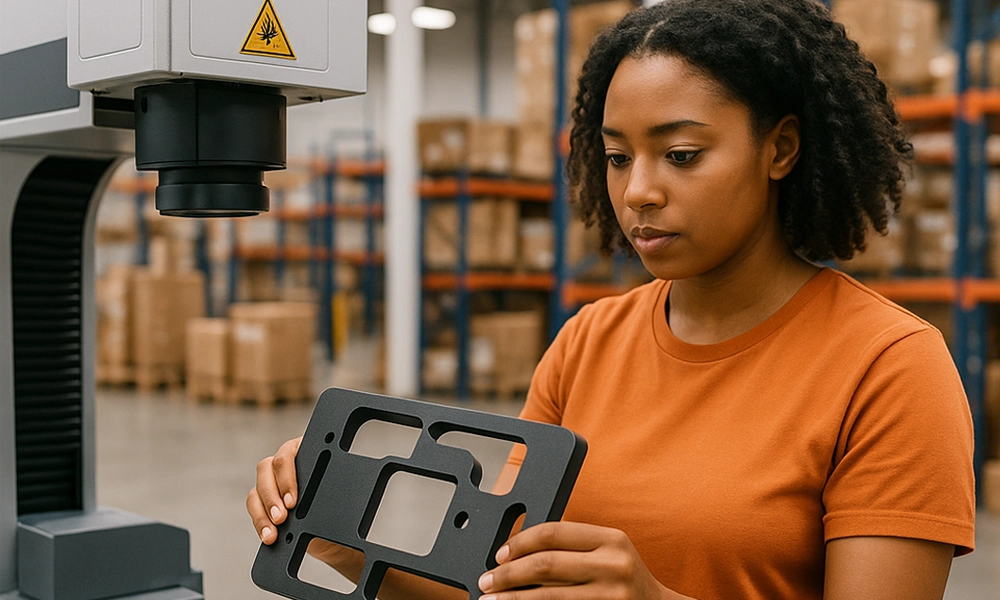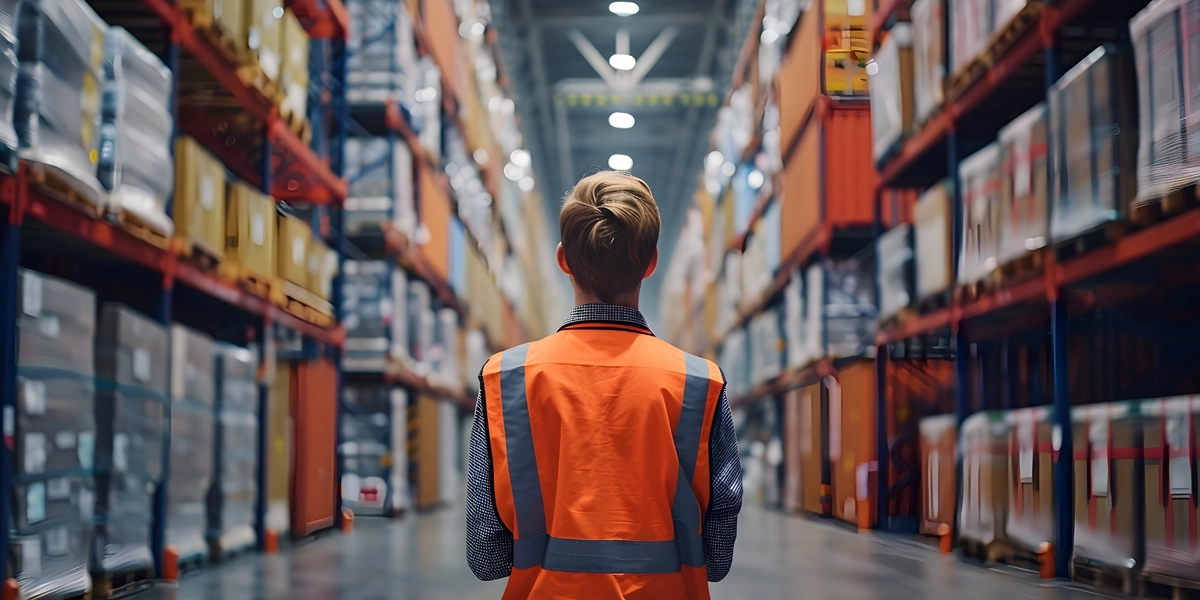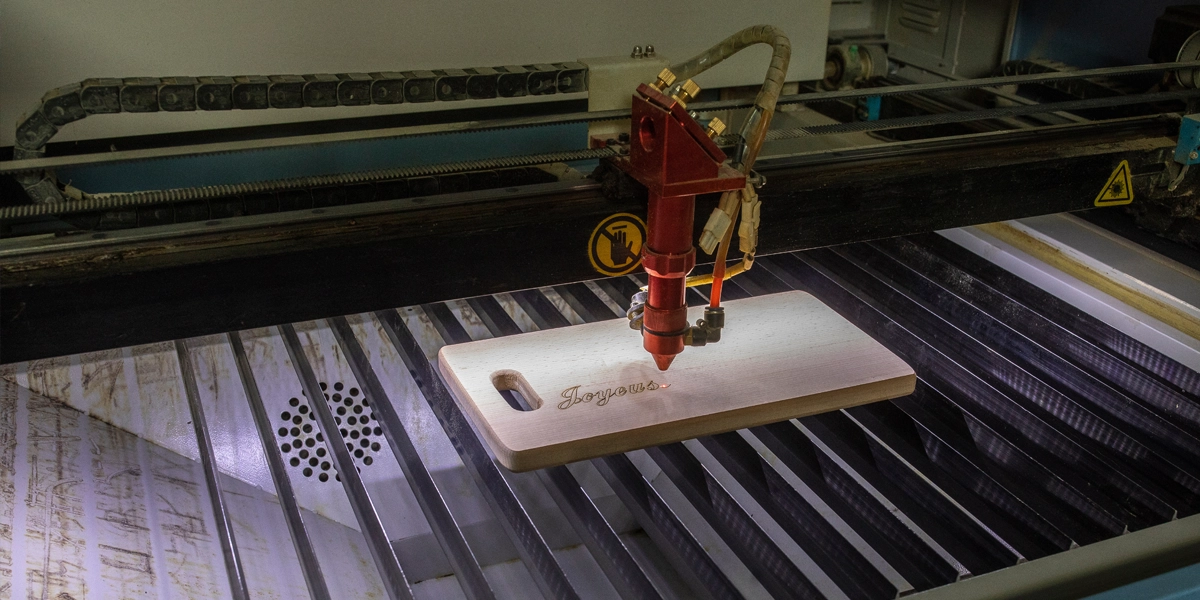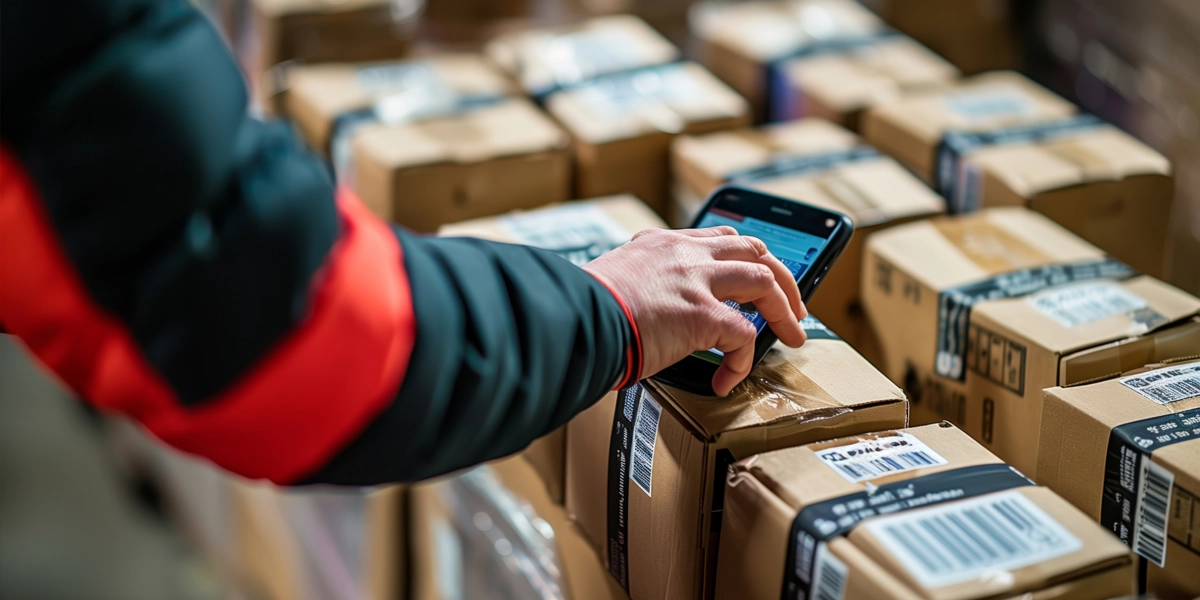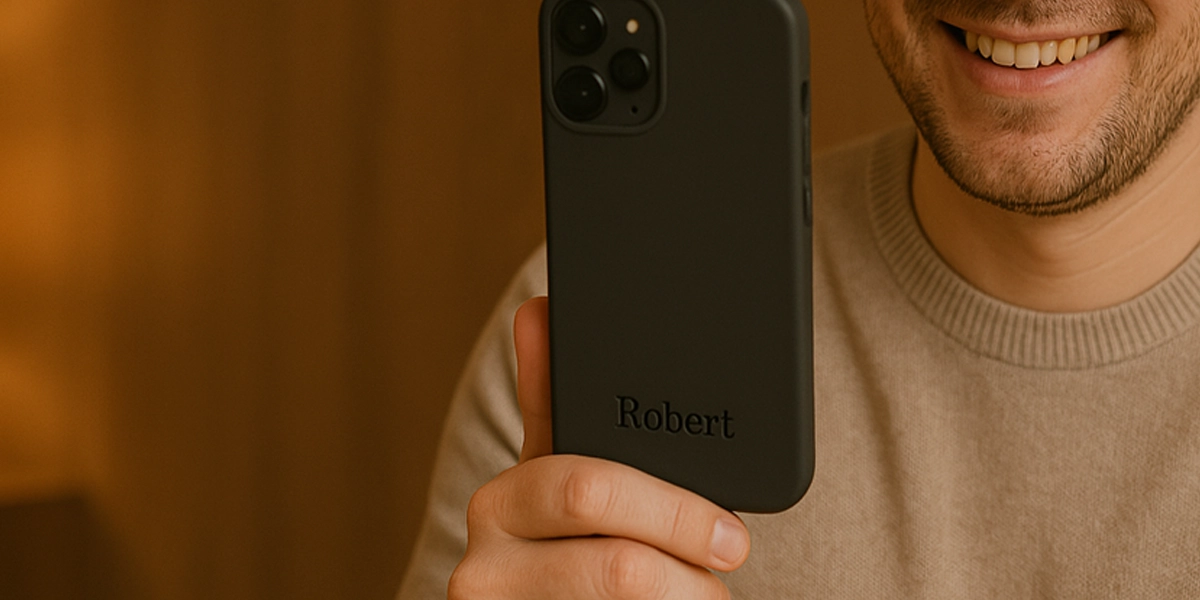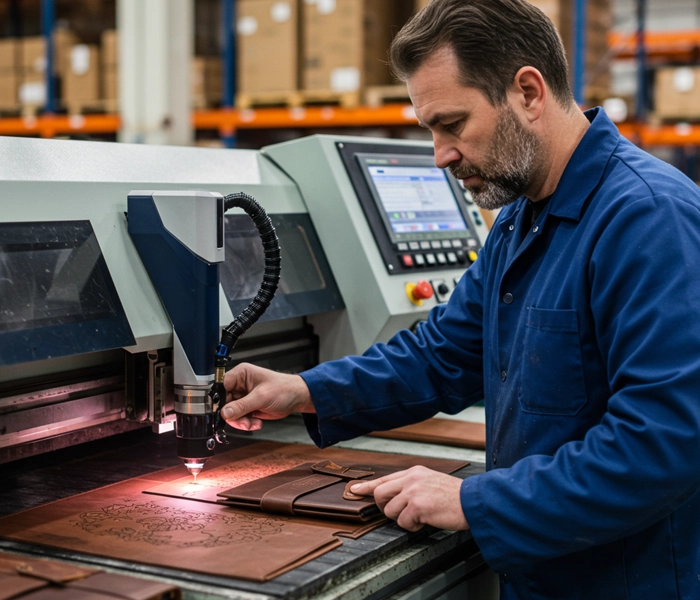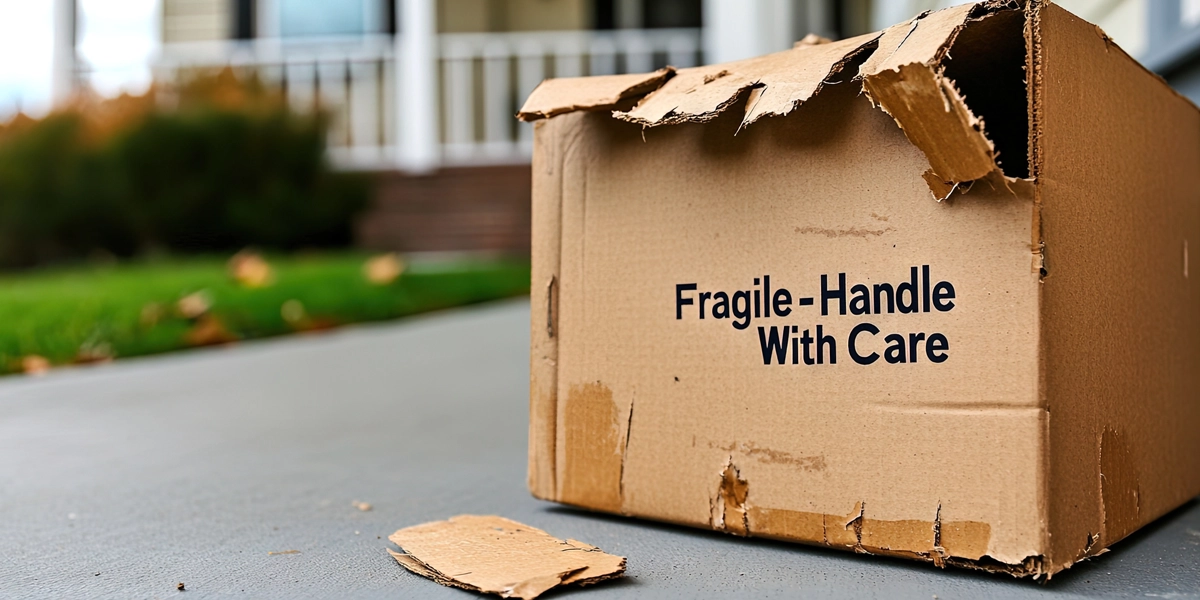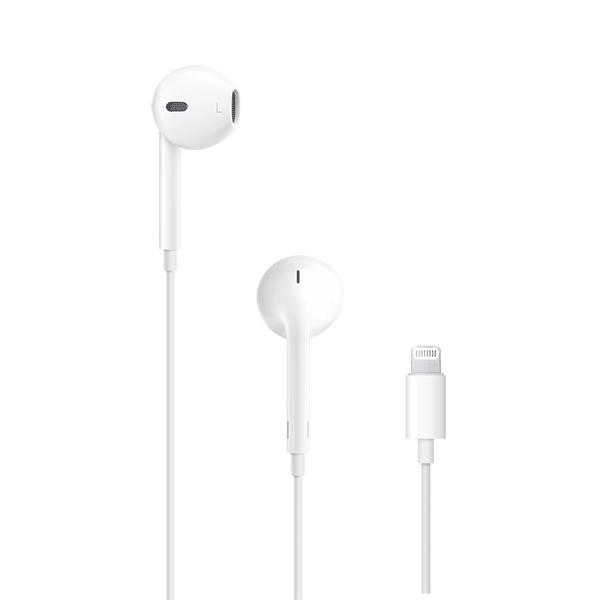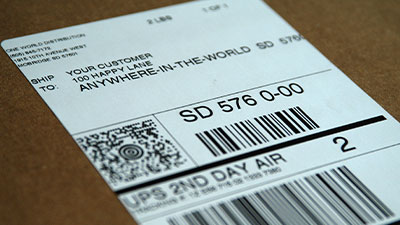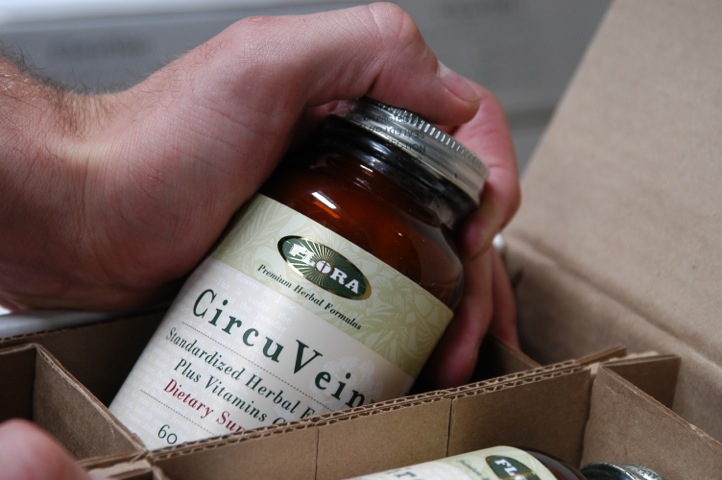In This Article:
The success or failure of any ecommerce business hinges on one key metric: Average Order Value (AOV). By late 2024, the typical online purchase reached $144.57, reflecting an 8.7% rise compared to the previous year. Product categories like baby and child, automotive, and food and beverage led the pack with the highest AOVs. In September 2024, luxury goods and jewelry topped the charts for highest checkout amounts, followed closely by home furnishings and general consumer products.
A capable 3PL can help you lower fulfillment expenses and boost AOV. Ecommerce personalization, free shipping, customizable fulfillment solutions, and other tactics can be deployed to increase conversions and drive upsells.
Discover everything you need to know about AOV and seven of our proven strategies that easily boost sales and customer lifetime values.
What is Average Order Value (AOV) and Why It Matters
Average order value is a key metric in ecommerce. It represents the average amount each customer spends per transaction on your site.
High AOV means more revenue per sale. This can lead to increased profitability without needing more customers.
Why AOV matters:
Revenue Growth: Higher AOV directly boosts revenue.
Marketing Efficiency: More value from each customer reduces marketing costs.
Inventory Management: Better prediction of sales volume and inventory needs.
Formula for Average Order Value:
AOV = Total Revenue / Number of Orders
Example: If your store made $10,000 from 250 orders last month:
10,000 / 250 = $40
8 Proven Strategies to Increase Average Order Value and Boost Ecommerce Revenue
Every extra dollar spent per order means more revenue for your store—without increasing your marketing spend. Let’s break down the first strategy:
1. Offer Bundled Products or Sets
Product bundling is a direct way to increase average order value (AOV). When related items are combined into a set at a slight discount, customers see more value and are more likely to buy more in a single transaction. According to Etail Solutions, a study by the National Bureau of Economic Research found that product bundling can increase profits by up to 30%.
Here’s how bundling impacts AOV metrics:
- Increases perceived savings: Customers often calculate the cost of buying items separately versus together. Seeing a “bundle and save” option pushes them toward the higher total.
- Simplifies decision-making: Shoppers don’t need to hunt for matching products. Everything they need is in one place.
- Boosts upsell potential: Bundles can introduce customers to new items they wouldn’t have chosen alone.
What is AOV in Marketing?
When you use product bundling, you’re directly influencing AOV. This tactic is easy to measure using the average order value formula:
Real Brand Examples
- Sephora: Famous for “value sets” that package mini versions of skincare or makeup at an attractive price. Customers eager to try new products will spend more upfront than picking just one item.
- Apple: Sells accessory bundles (cases, chargers, AirPods) with iPhones during checkout—raising both convenience and cart totals.
- Blue Apron: Offers meal kit bundles where customers buy several meals at once instead of single servings, locking in higher order values each week.
Practical Tips for Your Store
- Bundle best-sellers with slower-moving inventory to drive up overall sales.
- Highlight bundled savings visually on product pages and at checkout.
- Test different bundle combinations and monitor how each affects your AOV metrics.
Bundling works across categories—from beauty to electronics to apparel—and delivers quick wins for anyone looking for strategies to increase AOV without driving up ad costs or acquisition spend.
2. Set Minimum Order Thresholds for Free Shipping
Increase average order value by leveraging the psychological impact of free shipping thresholds.
Why It Works:
58%
of shoppers add items to their cart to qualify for free shipping.
- Customers are motivated to spend more to avoid shipping fees.
- Studies show shoppers will likely increase their cart value to meet the minimum free shipping requirement. Data from a UPS Pulse of the Online Shopper study showed that 58% of shoppers add items to their cart to qualify for free shipping.
- Another study from the National Retail Federation found that 75% of consumers prefer free shipping over other types of promotions.
How to Determine Optimal Threshold Levels:
- Analyze Your Target Market: Understand your customers’ spending behavior. If they typically purchase items worth $30, set a threshold slightly above, like $40 or $50.
- Consider Profit Margins: Ensure that the increased revenue from higher order values compensates for the cost of offering free shipping.
- Test and Adjust: Start with a threshold and monitor its impact on sales. Adjust as needed based on data and customer feedback.
Tips:
- Communicate the threshold clearly on product pages and during checkout.
- Offer tiered thresholds (e.g., free shipping for orders over $50, but expedited shipping for orders over $100).
Boosting ecommerce revenue through strategic free shipping thresholds can lead to higher profitability and long-term success for online retailers.
3. Upsell and Cross-Sell During Checkout
Boosting average order value (AOV) isn’t just about getting more people to your store—it’s also about getting each shopper to spend a little more before they leave. Two of the most effective strategies to increase AOV are upselling and cross-selling at checkout.
Understanding Upselling and Cross-Selling
Upselling: | Cross-selling: |
|---|---|
Encourage customers to buy a higher-end version of what they’re already interested in. For example, if someone adds a basic coffee maker to their cart, show them a premium model with more features for just $20 more. | Suggest related products that complement what’s in their cart. If they’ve chosen a phone, recommend a case or wireless earbuds. |
How to increase AOV with checkout recommendations:
- Use pop-ups or sidebars that display "You might also like..." or "Frequently bought together" items.
- Keep offers relevant—show products based on what's already in the cart.
- Add urgency with phrases like "Only 2 left!" or "Limited-time bundle discount."
- Make it easy—add one-click add-to-cart buttons for suggested items.
Why this works
Upselling and cross-selling maximize each transaction. Forrester Research found that targeted recommendations can lift average order value by up to 10–30%. That’s real revenue growth without extra marketing spend. Raising your AOV means higher profits and greater long-term success for online retailers.
Let’s look at how AI-driven recommendations take this even further.
4. Personalized Shopping Experience with AI Recommendations
AI-powered recommendations are changing how ecommerce brands increase average order value (AOV) and boost ecommerce revenue.
Artificial intelligence tracks each shopper’s preferences, browsing habits, and purchase history in real time. With the right tools, you can:
- Show customers what they want—before they even search for it
- Suggest complementary products based on their cart, wishlists, or past purchases
- Highlight trending items tailored to each user’s style, size, or needs
The impact? Shoppers see more relevant products, feel understood, and are more likely to add extra items to their cart. According to recent AOV metrics, personalized product recommendations can lift average order value by up to 20% compared to static catalogs.
Example: A premium apparel brand uses AI recommendations to suggest matching accessories as soon as a customer adds a dress to their cart. The result: shoppers buy not just the dress but also a scarf and earrings, raising the average order value with every transaction.
Why it works:
AI learns fast and adapts instantly. It can spot high-potential upsell moments and nudge customers toward bundles or limited-time offers that align with their interests—all without extra manual effort from your team. Investing in ecommerce platform tools like Klevu features a recommendation engine, visual merchandising, and A/B testing to deploy personalized recommendations that bring tangible lift.
Building a personalized shopping experience using AI isn’t just about bigger carts. It’s about long-term growth, higher profitability, and keeping customers coming back because every interaction feels curated just for them.
5. Discounts and Promotions Strategy that Works
Discounts and promotions are powerful tools to increase average order value (AOV) and boost ecommerce revenue. Here’s how you can leverage them effectively:
Site-wide Sales
Offering a percentage off across your entire store can create a sense of urgency and encourage customers to buy more.
Percentage Off Specific Items
Target high-margin or slow-moving products with discounts to clear inventory and increase AOV.
Buy One Get One Free (BOGO)
This promotion not only moves inventory but also compels customers to spend more to get the free item.
Setting clear terms and conditions is crucial to avoid abuse. Define the discount’s scope, duration, and any exclusions. For example, “20% off site-wide this weekend” should clearly state if it excludes certain brands or categories.
Here’s how strategic discounts improve AOV:
- Encourages Bulk Purchases: Shoppers are motivated to add more items to their cart to maximize savings.
- Increases Repeat Purchases: Limited-time offers can drive repeat business as customers return for future promotions.
- Creates a Sense of Urgency: Time-limited discounts create a fear of missing out, prompting customers to make quicker purchase decisions.
It’s important to regularly analyze the performance of your discount and promotion strategies. Keep track of metrics like AOV, conversion rate, and customer retention to identify what’s working and refine your approach accordingly.
6. Optimizing Product Pages for Conversion Rate Optimization (CRO)
Increase average order value by focusing on product page optimization. Here’s how:
- High-Quality Images: Use clear, high-resolution photos from multiple angles. Show the product in use to help customers visualize ownership.
- Compelling Product Descriptions: Write concise, benefit-focused copy. Highlight key features and how they solve customer problems.
- Customer Reviews: Display reviews prominently. Authentic feedback boosts trust and can sway purchase decisions.
A well-designed product page can significantly boost ecommerce revenue.
Mobile Responsiveness is also critical. Ensure your site looks great and functions smoothly on all devices, especially mobile. More people shop on their phones, so a seamless mobile experience can lead to higher conversions.
7. Providing Reliable Customer Support Throughout The Purchase Journey
Quick stat: 95% of consumers say customer service impacts brand loyalty.
Responsive customer support is a core strategy to increase average order value (AOV) and boost ecommerce revenue. When shoppers have questions, especially about high-ticket items or complex product bundles, they want answers fast.
Effective customer support channels include:
- Live chat: Instant help on product specs, sizing, shipping, or returns.
- Email: Detailed responses for more complex inquiries or custom orders.
- Phone support: Human touch that reassures buyers considering larger purchases.
What that means: When customers feel supported every step of the way, they’re more likely to trust your brand and spend more per transaction. For example, a shopper hesitating over a $150 personalized gift set can get quick reassurance from live chat about return policies or delivery times, turning uncertainty into higher conversion and bigger carts.
Why it matters for AOV:
- Customers are less likely to abandon carts when help is available.
- Buyers are more confident adding upsells or customizations when their questions are answered in real time.
- Proactive support can promote bundled products and special offers at just the right moment.
High-touch support isn’t just about solving problems—it’s a proven way to increase AOV and drive long-term profitability for online retailers. OWD provides ecommerce customer service for our clients using our call center services. Our American agents handle customer queries through emails, chats, and calls. Because our call center is integrated with our fulfillment center, your customers get a seamless experience. Whether needing us full-time or overflow, you get a world-class call center team.
8. Personalized to Consumer Fulfillment
Personalization is changing the game for ecommerce. Offering custom products isn’t just a luxury anymore—it’s one of the best ways to increase AOV and boost ecommerce revenue.
OWD’s Personalized-to-Consumer (P2C) Fulfillment Model
OWD’s P2C solution lets ecommerce brands deliver true product personalization at scale, without inflating costs or adding operational headaches. This aligns perfectly with the growing demand for personalized ecommerce experiences, which has been shown to enhance customer satisfaction and loyalty significantly. Most importantly, it turns traditional fulfillment from an expense to a profit center.
Key Differentiators:
48%
of consumers will wait longer to receive a personalized product
- Seamless Personalization: Free plugin integrates with your ecommerce platform.
- Variety of Ways to Personalize: Options include engraving, embroidery, and direct-to-object printing.
- Custom Packaging Solutions: Branded boxes, inserts, tissue paper, and personalized greeting cards create a memorable unboxing experience.
- Custom orders take a bit longer, but data shows shoppers are willing to wait for something truly theirs. 48% of consumers will wait longer to receive a personalized product.
Why This Boosts AOV and Revenue:
Brands that offer product personalization see big lifts in both sales and loyalty.
- 74% of Gen Zers are interested in personalized products (vs. 67% of Millennials, 61% of Gen Xers, and 57% of Baby Boomers).
- Willingness to pay: Consumers spend up to 25% more for custom products (Forbes).
- Repeat business: Customization drives emotional connection—turning buyers into ambassadors. Shoppers are more likely to share personalized products, driving natural word-of-mouth promotion.
Turn Strategy Into Revenue with Smarter Ecommerce Growth and P2C Innovation
Every ecommerce brand wants higher revenue and lasting loyalty. Using these 8 ways to increase average order values is a proven path to both. Each tactic—from bundling products to P2C fulfillment—works best when you track your results and adjust in real time.
Here’s what moves the needle fast:
- Test one strategy at a time: Use Google Analytics or Shopify reports to watch order values, conversion rates, and repeat purchases.
- Review your data weekly: See what’s working, then double down on high-impact tactics.
- Stay flexible: Ecommerce growth strategies are never “set it and forget it.” Customer preferences shift, so keep iterating.
The fastest-growing brands treat AOV as a core metric—not just a number, but a lever for smarter decisions and bigger wins.
Start today. Small changes add up fast when you measure, refine, and personalize every step of the customer journey. If you’re interested in switching 3PLs and working with a partner that offers product personalization, customer support, and superior ecommerce fulfillment experiences, schedule a call with our logistics experts today!
FAQs (Frequently Asked Questions)
What is Average Order Value (AOV) in ecommerce and why is it important?
Average Order Value (AOV) is a key ecommerce metric measuring the average amount customers spend per transaction. It is calculated by dividing total revenue by the number of orders. AOV is crucial because increasing it drives revenue growth and profitability for online retailers, enabling them to maximize sales without necessarily growing traffic.
How can I calculate Average Order Value with an example?
To calculate AOV, divide your total revenue by the number of orders over a specific period. For example, if your store generated $10,000 from 200 orders monthly, your AOV = $10,000 ÷ 200 = $50. This means on average, customers spend $50 per order.
What are effective strategies to increase Average Order Value in ecommerce?
Seven proven strategies include:
1) Offering bundled products or sets to create value;
2) Setting minimum order thresholds for free shipping to encourage larger purchases;
3) Upselling and cross-selling during checkout by recommending related or higher-priced items;
4) Providing personalized shopping experiences with AI-powered recommendations;
5) Implementing discounts and promotions strategically;
6) Optimizing product pages for higher conversion rates; and
7) Providing reliable customer support throughout the purchase journey.
How does product bundling help increase Average Order Value?
Product bundling combines multiple items into a single package at a perceived discounted price, creating a sense of value that encourages customers to spend more per transaction. Successful brands use bundling to increase sales volume and overall order value by offering complementary products together.
Why set minimum order thresholds for free shipping and how does it impact AOV?
Setting a minimum order threshold for free shipping leverages behavioral psychology by motivating customers to add more items to their cart to qualify for the incentive. This strategy effectively increases the Average Order Value while improving customer satisfaction and loyalty.
What role does AI play in personalizing shopping experiences to boost AOV?
AI analyzes individual customer preferences and browsing history to deliver tailored product recommendations. Personalized suggestions increase the likelihood of additional purchases during a session, thereby raising the Average Order Value and enhancing overall ecommerce revenue.
In This Article:
Subscribe to our Newsletter
Tincidunt urna mauris eu quam vulputate lobortis sit. Purus feugiat arcu nunc quisque massa ut.
